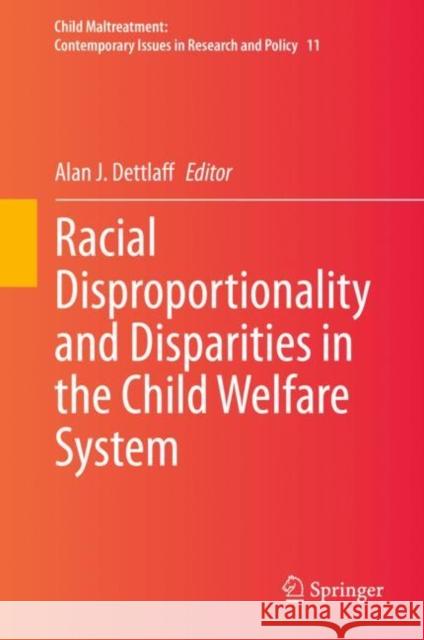Racial Disproportionality and Disparities in the Child Welfare System » książka
topmenu
Racial Disproportionality and Disparities in the Child Welfare System
ISBN-13: 9783030543136 / Angielski / Twarda / 2020 / 445 str.
Racial Disproportionality and Disparities in the Child Welfare System
ISBN-13: 9783030543136 / Angielski / Twarda / 2020 / 445 str.
cena 603,81
(netto: 575,06 VAT: 5%)
Najniższa cena z 30 dni: 539,74
(netto: 575,06 VAT: 5%)
Najniższa cena z 30 dni: 539,74
Termin realizacji zamówienia:
ok. 22 dni roboczych
Dostawa w 2026 r.
ok. 22 dni roboczych
Dostawa w 2026 r.
Darmowa dostawa!
Kategorie:
Kategorie BISAC:
Wydawca:
Springer
Seria wydawnicza:
Język:
Angielski
ISBN-13:
9783030543136
Rok wydania:
2020
Wydanie:
2021
Numer serii:
000446695
Ilość stron:
445
Oprawa:
Twarda
Wolumenów:
01











